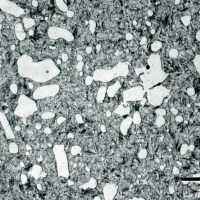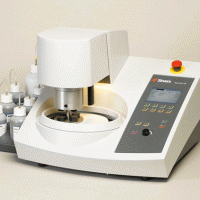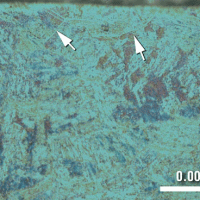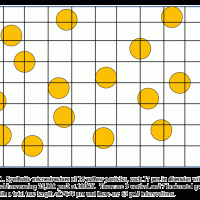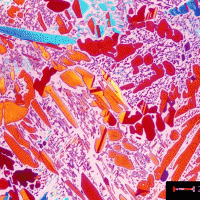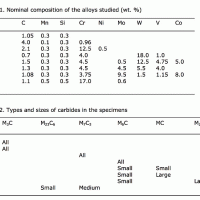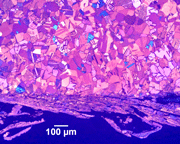After we have properly prepared our tool steel specimens, it is generally best to examine them as-polished before etching – unless we are simply doing a routine test, for depth of decarburization, degree of spheroidization, and so forth. Examination of selectively etched tool steel microstructures by light microscopy provides more information than standard etchants, such as nital, picral or Vilella’s reagent. Further, the images are more suitable for quantitative measurements, especially by image analysis. Specimens must be properly prepared, damage free, if selective etchants, or color etchants, are to be applied successfully.
A number of etchants have been claimed to selectively etch certain carbides in tool steels. The response of these etchants has been evaluated using a variety of well-characterized tool steel compositions. While many are selective, they are often selective to more than one type of carbide. Furthermore, their use in image analysis must be evaluated carefully as measurements showed that the amount and size of the carbides are often greater after selective etching as many of these reagents outline and color or attack the carbides.

